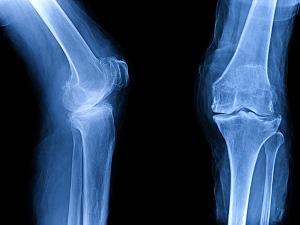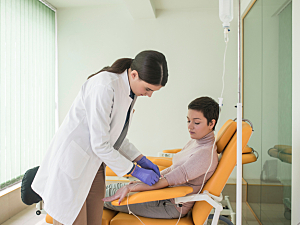TNF Inhibitors Not Very Effective Against Axial Spondyloarthritis in Patients With IBD

Axial spondyloarthritis (axSpA) is a common extraintestinal manifestation of inflammatory bowel disease (IBD). Anti-TNF agents are often used to treat concomitant axSpA and IBD. Brigham researchers have presented evidence that TNF inhibitors are less effective for axSpA than for IBD within one year.
Read More...






